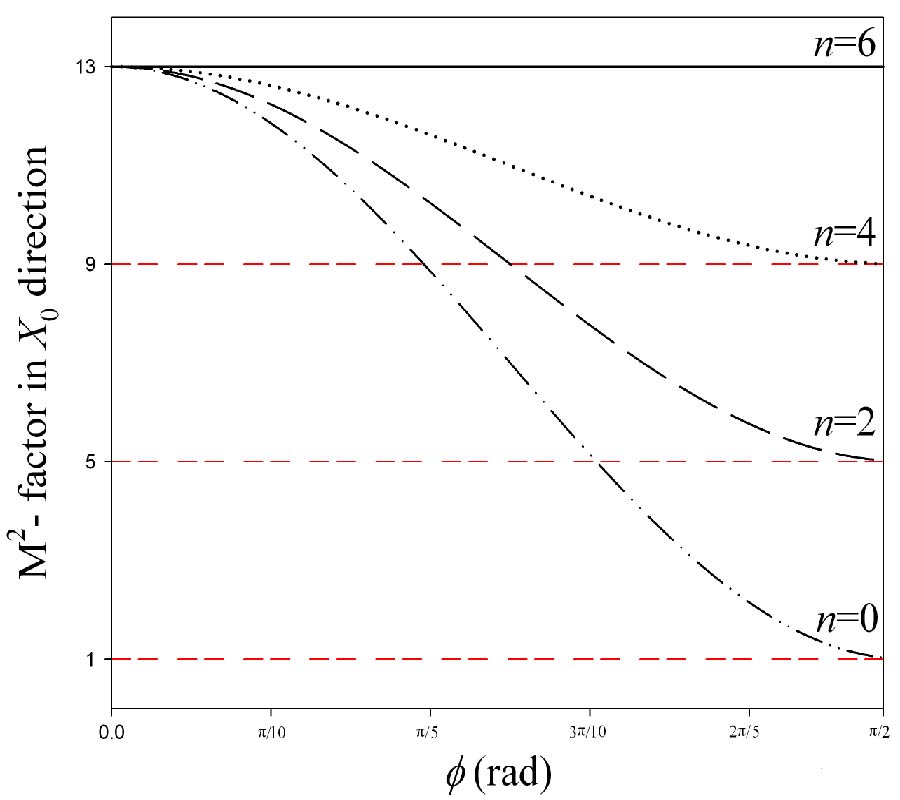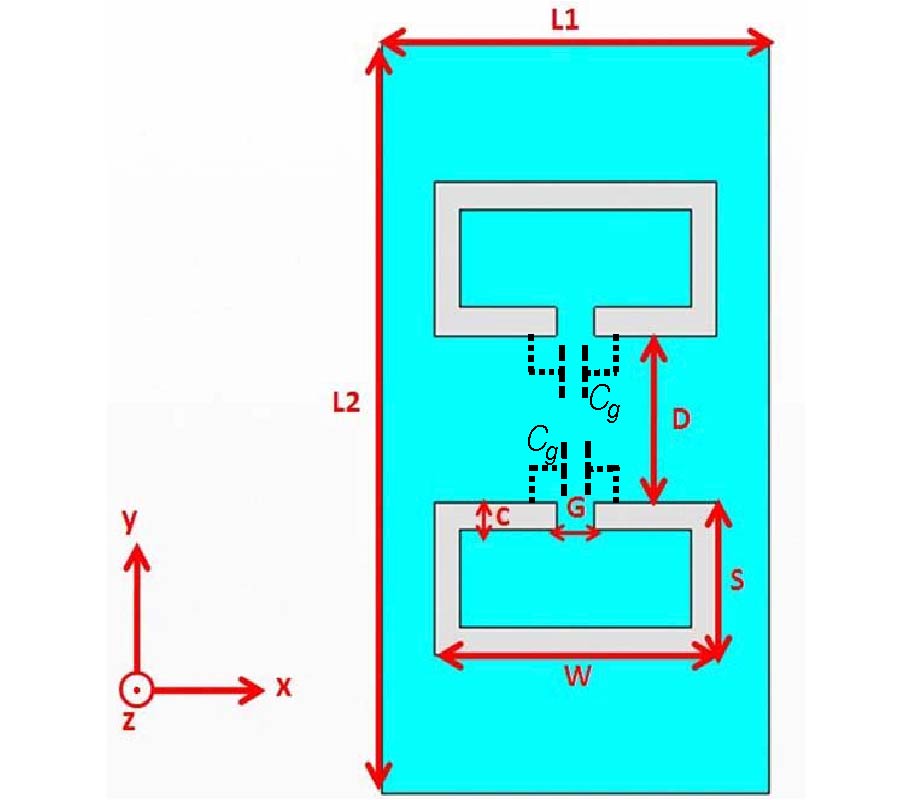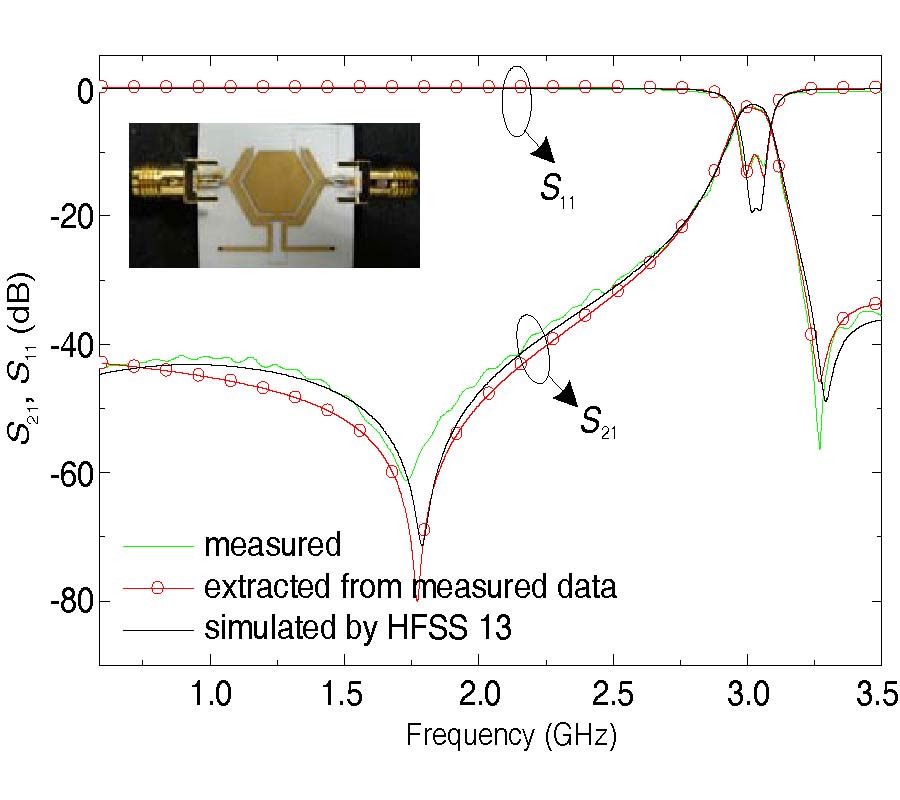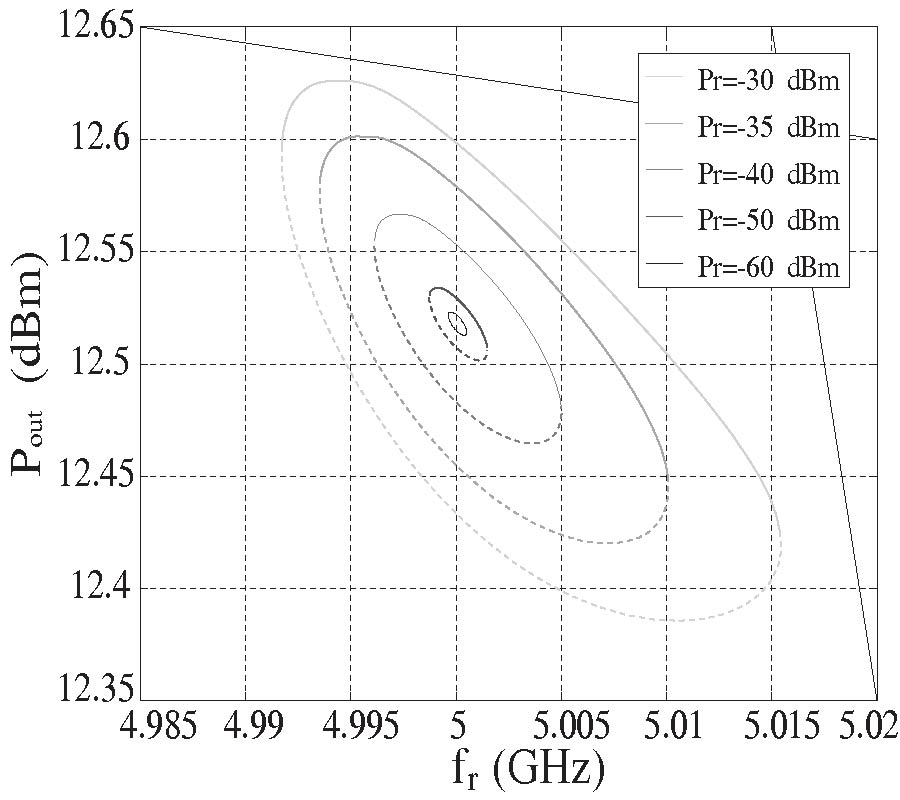2011-10-11 Latest Published
By Jia-Yi Sze
Shien-Piao Pan
Progress In Electromagnetics Research, Vol. 120, 513-533, 2011
Abstract
This paper proposes a newly designed compact coplanar-waveguide-fed wideband circularly polarized (CP) printed square slot antenna (PSSA), in the square slot of which are a halberd-shaped feeding signal line and a square ring patch. By placing a specially designed metal reflector behind the bidirectional CP PSSA, one can obtain unidirectional CP patterns with a associated 3-dB axial-ratio bandwidth (ARBW) almost the same as that of the bidirectional antenna. The bidirectional L- and S-band PSSAs designed on FR4 substrates have 3-dB ARBWs as large as 25.3% and 29.1%, respectively. For the L-band antennas, the unidirectional design yields a 3-dB ARBW of 25.7% and a gain of about 3 dB higher than that of the bidirectional counterpart. In all these 3-dB axial-ratio bands, impedance matching with VSWR ≤ 2 is also achieved. Most importantly, the design concepts, procedures, and rules for the proposed antenna are presented in detail.





















